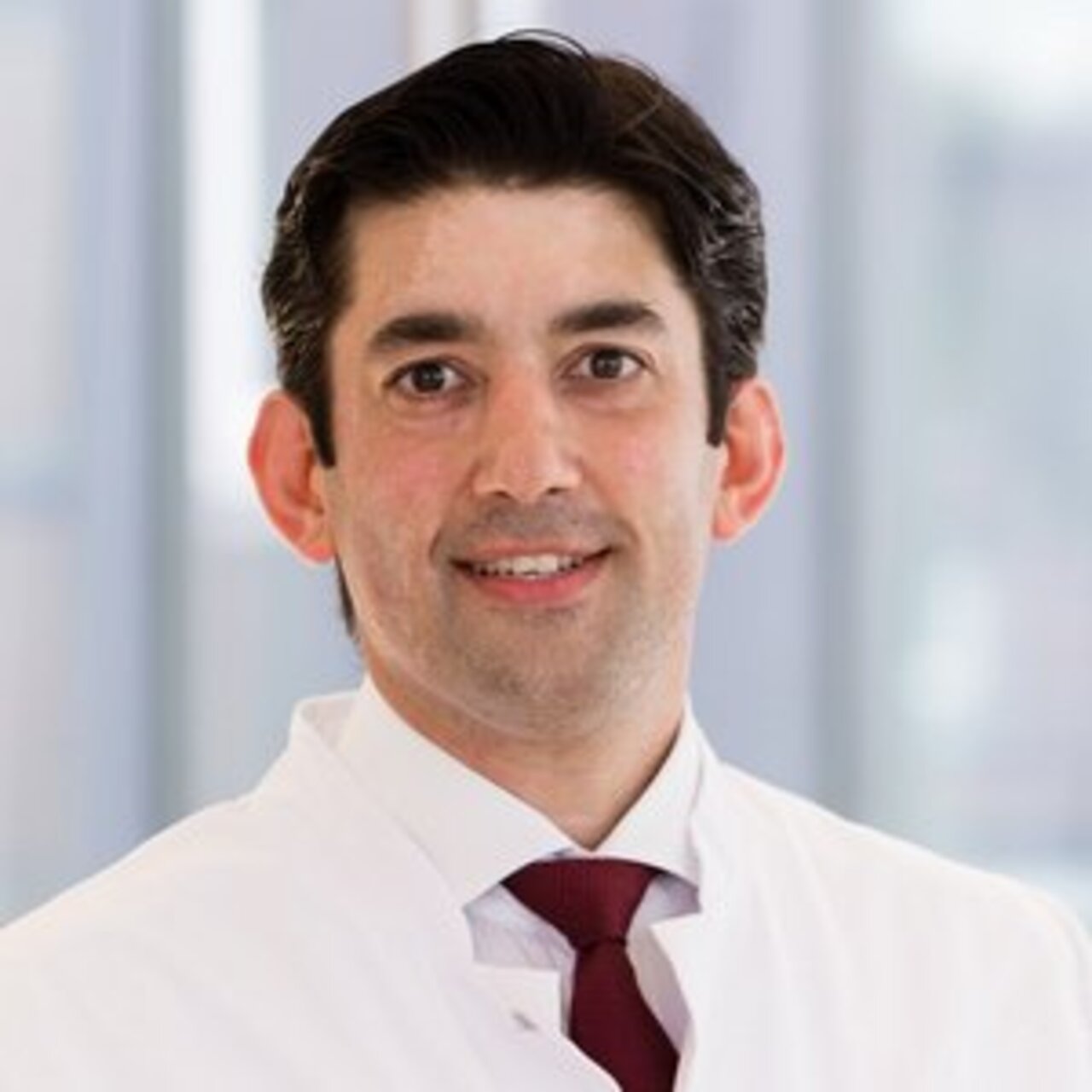Specialists in Echocardiography
7 Specialists found
Dr Brunilda Alushi, PhD, FEACVI
Internal Medicine and Cardiology, Prevention and Imaging Diagnostics
Munich
Information About the Field of Echocardiography
What is an echocardiography?
An echocardiography, colloquially often referred to as “heart echo”, involves a diagnostic ultrasound examination of the heart. It can be carried out from the outside through the rib cage (transthoracic or TTE) or it can be done by inserting the probe into the esophagus (transesophageal or TEE).
What is being examined during an echocardiography?
The ultrasound device generates an image that represents the structure of the heart. By assessing this image, doctors can evaluate the heart muscle thickness, the functioning of heart valves or the volume of the heart chambers. In addition to this, the function of the working heart can also be assessed in real time. This way, the direction of different blood streams as well as the performance of the heart can be visualized.
When is an echocardiography indicated?
The following heart diseases require an echocardiography:
- Diseases of the heart muscle
- Diseases oft he heart sac
- Disorders of perfusion or heart insufficiency
- Congenital heart defects
- Disorders of heart valves
Steps involved in an echocardiography
Patients are asked to undress their upper body and usually lay down slightly on their side. Just like during a normal ultrasound examination, gel is applied to the skin. Next, the ultrasound probe is gently pressed against the ribcage. The monitor immediately shows the generated pictures of the heart in real time and they can be evaluated and saved.
During a TEE, a flexible long tube is carefully directed into the esophagus via the patients’ mouth. It may be helpful fort he patient to actively swallow the tube and facilitate its passage into the esophagus. That’s why this examination is widely known as „swallowing echo”. Patients who experience a pronounced gag reflex may receive a local anesthetic spray.
Risks and adverse effects associated with echocardiography
The ultrasound waves themselves do not harm the patient at all, as opposed to harmful radiation associated with X-rays. If only a TTE is carried out, that means from the outside through the ribcage, there are no risks at all. TEE can cause increased salivation and may provoke a gag reflex. Injuries to the esophagus are very rare, however. In case a contrast agent is required, certain short-term adverse effects such as headache or nausea are possible. If local anesthetics are applied, in some cases allergic reactions or breathing problems may be the result.







